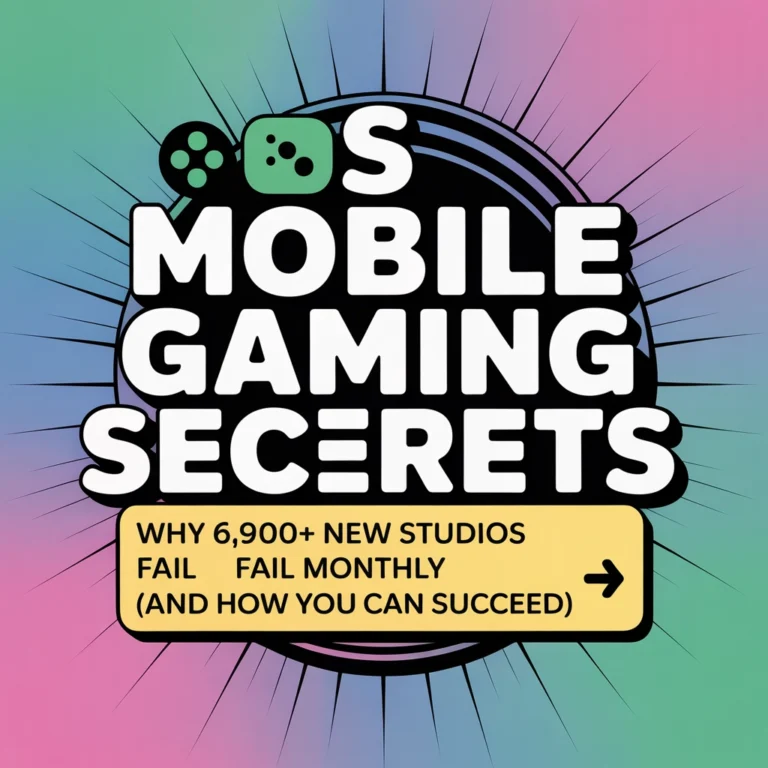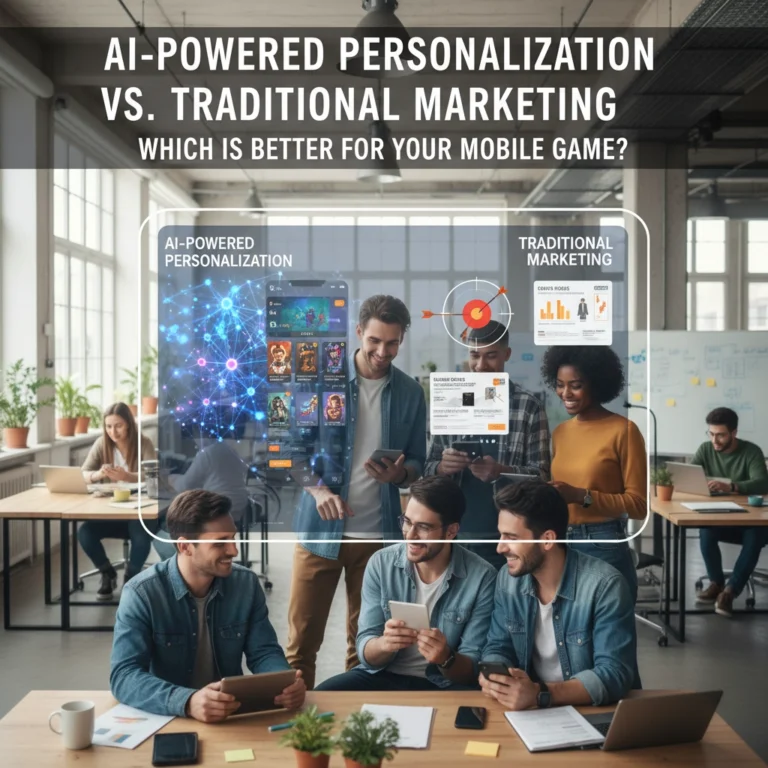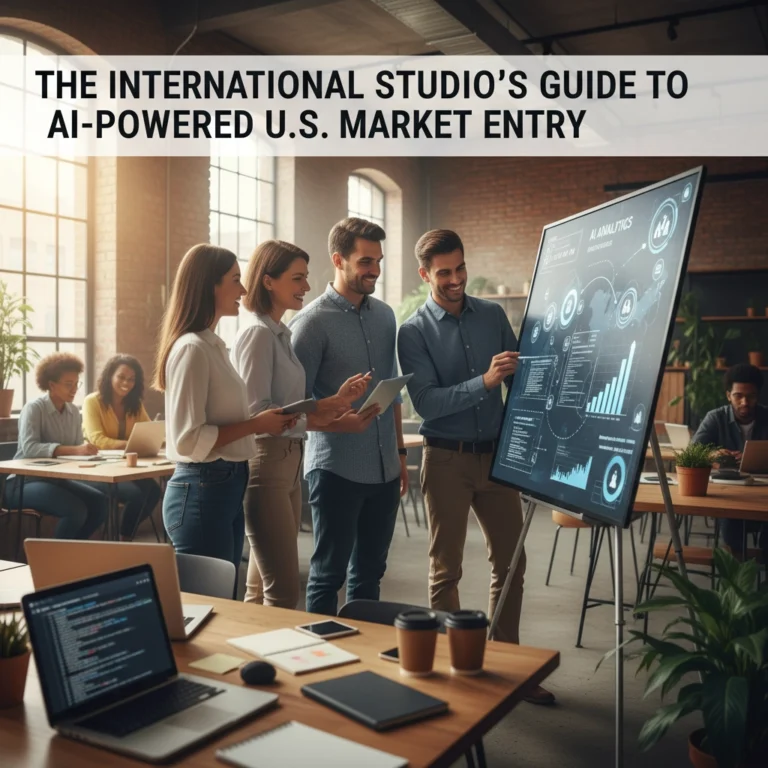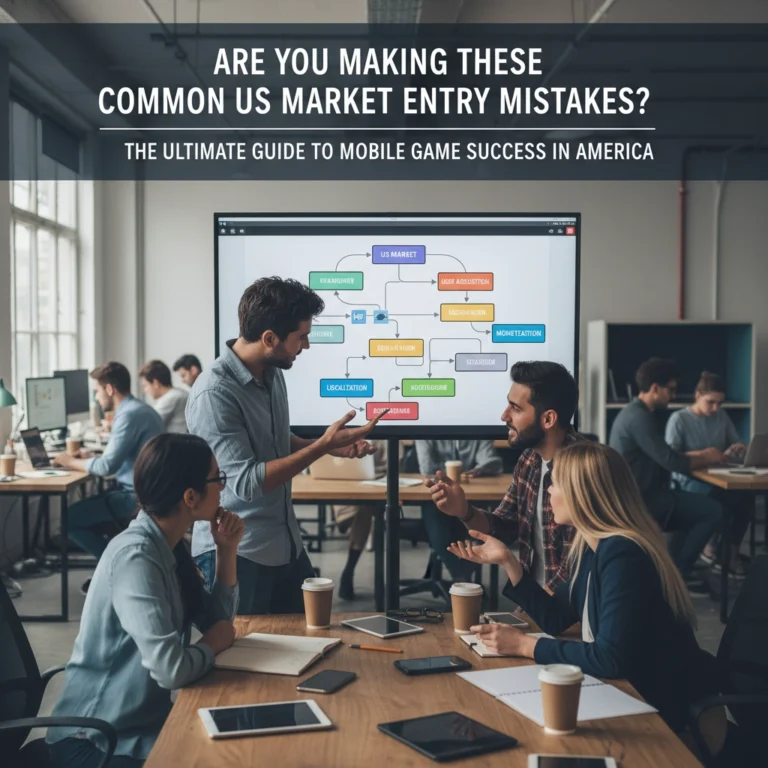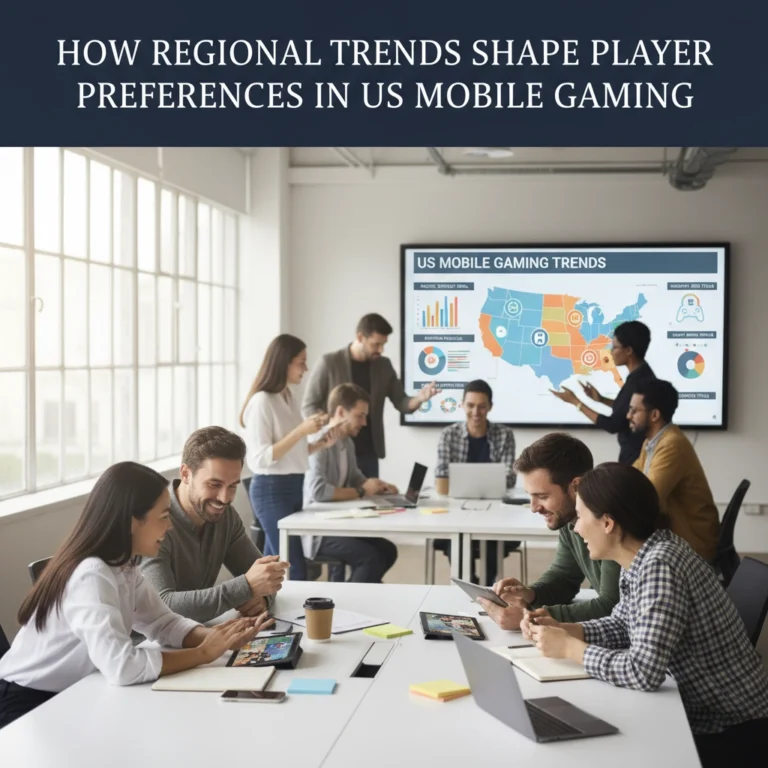Data-Driven Domination: Marketing Tactics That Actually Work in the Ultra-Competitive U.S. Mobile Game Space
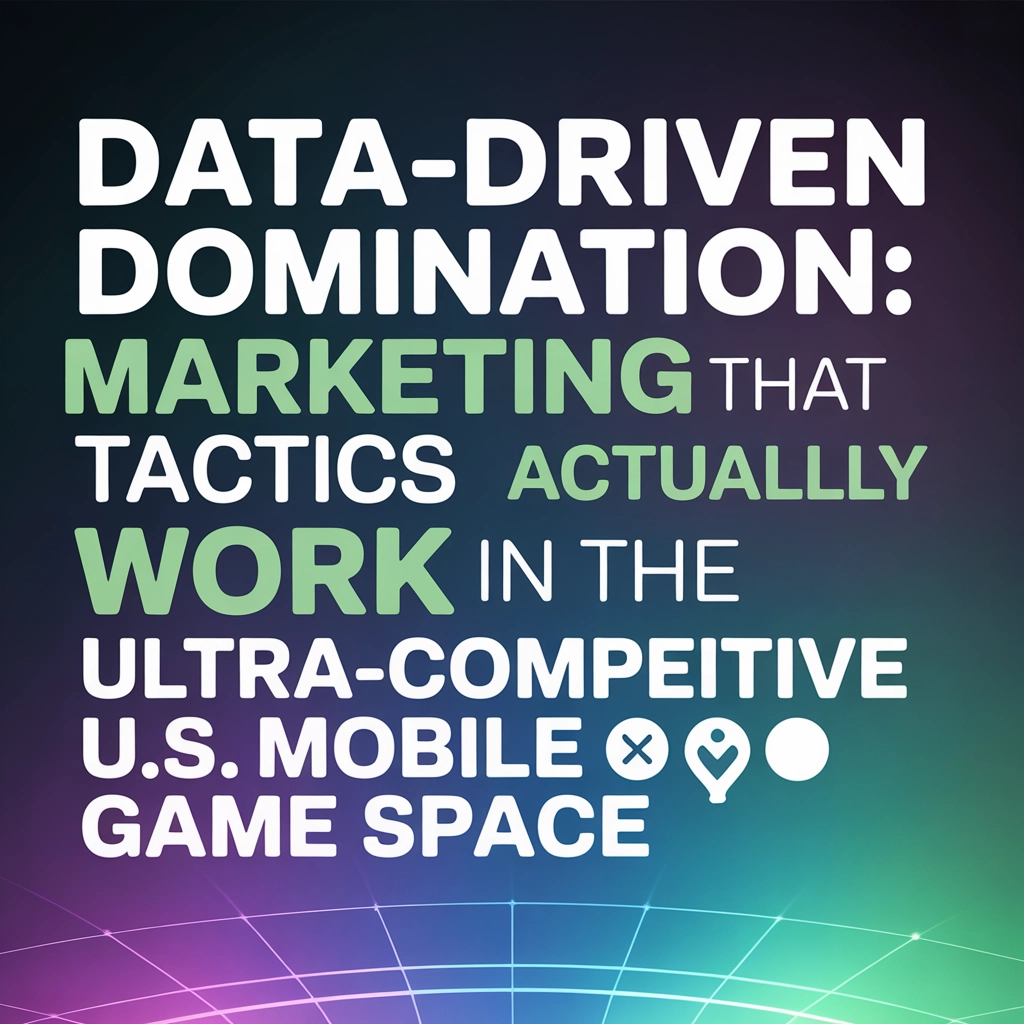
The U.S. mobile gaming market is brimming with ambition, opportunity, and, let’s be honest, some of the stiffest competition anywhere. With thousands of new titles flooding the stores every single day, making your game stand out requires more than guts—it demands a serious data-driven edge. Here’s how top studios are leveraging analytics and sharp tactics to cut through the noise and win players (and profits) in 2025.
The Foundation: Market Research and Data Intelligence
Diving into the U.S. market without comprehensive market research is basically the gaming equivalent of button-mashing and hoping for a win. The leaders in this space go deep, mapping out not just who is playing games in their category, but exactly how, when, and why they play.
Gone are the days of broad demographics. Today, smart publishers obsess over behavioral and psychographic data. That means identifying the “why” behind actions—what keeps players hooked? What triggers in-app spending? Using app store analytics, gameplay telemetry, and even social listening, teams build vivid player personas. Niche audience analysis uncovers gaps that huge publishing houses (and algorithms) might miss.

Competitive analysis is turbocharged with tools that dissect everything from monetization models to session length, ad engagement, and retention loops. The goal: pinpoint unique opportunities before competitors even see them.
Strategic Soft Launches: Real-World Data, Not Gut Feelings
In 2025, the classic “test market” is no longer just a box to tick—it’s the proving ground for your game’s survival. The best studios treat soft launches as hardcore data-gathering missions, not just beta or localization tests.
During controlled soft launches (often in Canada, Australia, or smaller European markets), teams obsessively track Day 1, Day 7, and Day 30 retention, ARPU and LTV to CPI ratios, and specific gameplay funnel metrics. Every update, tweak, and feature is backed by fresh player data—not guesswork. If core KPIs don’t stack up, teams iterate ruthlessly or pivot fast.

Post-launch, this early data drives everything from creative messaging to user acquisition spend, ensuring you scale what’s working (with proof!) and dodge budget burn on duds.
Advanced Attribution and Measurement: Navigating Privacy Changes
Attribution is the puzzle everyone is talking about thanks to evolving privacy norms (hello, SKAN and ATT). The top U.S. publishers have moved beyond basic “last-click wins” models, leaning into multi-touch attribution and data triangulation that gives a truer sense of what’s really working.
With privacy restrictions tightening, direct measurement gets harder. That’s where sophistication steps in—combining modeled attribution, probabilistic measurement, and creative cohort analyses to understand the full customer journey. By plugging these insights into robust dashboards, teams visualize channel efficiency and confidently ramp up (or dial back) spend.
The result? Smarter user acquisition—spending where it counts, cutting what’s inefficient, and never flying blind.
Precision User Acquisition: Targeted, Rewarded, and Smarter Than Ever
User acquisition in 2025 is all about laser targeting and quality over raw installs. Rewarded user acquisition stands out as a fan favorite: reaching players genuinely interested in your genre, and giving them valuable first-play incentives.
AI-powered creative testing isn’t just a buzzword; it’s the backbone. Top studios use automation to cycle hundreds of ad creative variations—images, copy, CTAs, and even localized jokes—to see what’s trending with different micro-audiences in real time.

Here’s how the best of the best are winning:
- Behavioral segmentation: Not all players click for the same reasons. UA campaigns are segmented to reach the hyper-engaged, the whales, and the casual crowd with unique hooks.
- Real-time bidding: Flexible budgets follow the performance, ensuring acquisition dollars double down on what’s converting each week.
- Rewarded traffic: Ads and offers that give users real value (currency, skins, levels) bring in lower-funnel users who stick around.
Content Marketing & Community: Where Games Become Movements
Paid campaigns generate bursts, but organic growth build empires. That’s why 2025’s elite publishers are obsessed with content marketing and community building—it’s the easiest way to get exponential word of mouth.
User-generated content (UGC) is pure gold. From TikTok clips to Twitter memes and live-streamed gameplay on Twitch, your players are your most powerful marketers. The best teams incentivize sharing: in-game rewards for creative walkthroughs, spotlighting top community clips, and baked-in social features that make sharing seamless.

Publishers go beyond the “official” voice. They cultivate moderators, community managers, and superfans, building Discords and Facebook groups where players drive the conversation (and hype). This active engagement drives loyalty, retention, and organic downloads without paying a dime for clicks.
App Store Optimization: Not Just Keywords, But Conversion Machines
The App Store isn’t a “set and forget” channel anymore. App Store Optimization (ASO) is iterative, rigorous, and, most of all, data-backed.
Top studios continuously A/B test:
- Titles, subtitles, and visual elements (icons, screenshots, trailers)
- Keyword sets for competitive and semantic search terms
- Descriptions crafted for both users and algorithms
Winning teams integrate ASO with paid user acquisition. When ad campaigns drive surges, they’re ready with optimized store listings that convert those onlookers into players. Every tweak is measured—if it doesn’t lift conversion or download rates, it’s back to the drawing board.
Consistency & Retention: Mastering The Long Game
Every strong launch relies on continuous engagement. Studios use automated lifecycle campaigns—push notifications, emails, and in-game events—tailored to player behaviors and preferences.
Sophisticated segmentation means the weekend-only warrior gets different offers than the daily grinder or top spender. A pipeline of new content, community events, and regular updates keeps games sticky and players invested.

The data also helps prevent churn before it happens. Early warning systems flag users at risk of dropping off, so re-engagement campaigns can be triggered with personal touches—from special rewards to targeted “We Miss You!” offers.
Integration Is Everything: Tying It All Together
Data doesn’t live in silos. The true market leaders in the U.S. aren’t just running separate optimizations—they’re building integrated ecosystems. Insights from soft launch testing impact creative strategy; community data feeds influencer targeting; attribution and LTV models guide every budget move. It’s holistic, always-evolving, and ruthlessly focused on ROI.
For mobile game marketers looking to move the needle in the world’s most competitive arena, embracing data at every level isn’t just smart—it’s survival. All the creativity, community, and courage won’t matter without a feedback loop that ties it all back to performance.
Want to see how next-gen mobile games are thriving with this approach? Check out some of the most innovative titles and strategies on Systara Games.
Ready to make data your game-changer? The path to domination is crystal clear—test fast, measure everything, and never stop learning. In the U.S. market, data is not just power. It’s the win condition.

